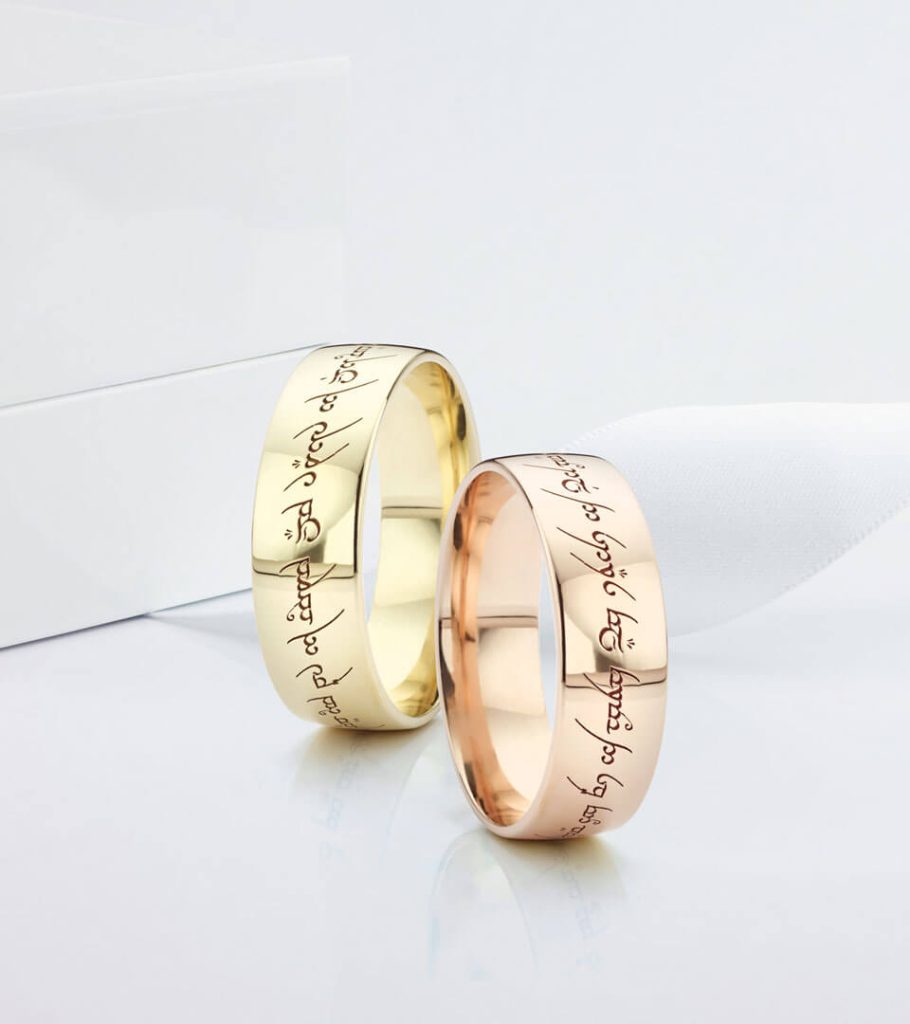When people think about investing in gemstones, names like diamonds, rubies, sapphires, and emeralds usually come to mind. These are the classic choices with well-known value and demand. But there’s a fascinating world of lesser-known gemstones that are often overlooked yet hold great potential for investors looking to diversify or find hidden treasures.
One such gemstone is **zircon**. Despite sounding similar to synthetic cubic zirconia, natural zircon is a completely different and beautiful mineral with vibrant colors ranging from deep blues to golden yellows. What makes zircon special for investors is its rarity combined with its brilliance and fire—qualities that can rival more famous stones. Modern collectors have started recognizing zircon as one of nature’s most undervalued gems because it offers exceptional beauty at prices far below those of traditional precious stones. Its price stability and increasing collector interest make it an intriguing option for investment portfolios seeking something unique but promising.
Another underrated gemstone category includes certain **European-origin gems** that have been flying under the radar due to geopolitical uncertainties affecting markets broadly. While these aren’t gemstones in the traditional sense but rather metaphorical “gems” in European equities, they highlight how sometimes value lies where others don’t look first—this mindset applies equally well when hunting for physical gemstones beyond the usual suspects.
For example, some investors are turning their attention toward colored stones like **spinel**, which historically was confused with ruby but has recently gained recognition on its own merits due to its vivid colors and durability. Spinel’s scarcity compared to ruby makes it a smart alternative investment; collectors appreciate spinel’s rich reds, pinks, purples, and even blues without paying ruby-level premiums.
Similarly intriguing are certain varieties of **tourmaline**—a gemstone known for an incredible range of colors including greens (chrome tourmaline), pinks (rubellite), blues (indicolite), and multicolor specimens called watermelon tourmalines because they resemble slices of watermelon fruit inside the stone. Tourmaline’s versatility combined with growing demand among collectors means some rare types can be excellent long-term investments if sourced ethically from reputable dealers.
Lastly worth mentioning is **alexandrite**, famous for its color-changing ability—from greenish hues in daylight to reddish tones under incandescent light—which makes it highly desirable yet still less mainstream than diamonds or sapphires among casual buyers. High-quality alexandrite remains scarce worldwide; this rarity coupled with unique optical properties ensures steady appreciation potential over time.
Investing in these underrated gemstones requires patience and knowledge since market trends fluctuate based on fashion cycles, discovery of new deposits, or changes in mining regulations globally. However, by focusing on quality stones from trusted sources—and considering gems beyond just diamond-centric options—investors can uncover real hidden value while enjoying owning something truly special.
In essence: look beyond what everyone else chases after; sometimes the best treasures lie quietly waiting off the beaten path—in brilliant zircons shimmering softly alongside vibrant spinels or mysterious alexandrites changing color as you watch them move through light.

